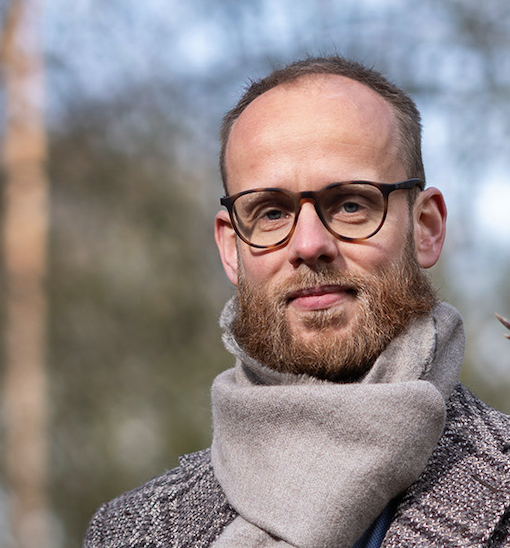2023 WILL BE THE YEAR OF U0026#X27;MORE WITH LESSU0026#X27;
February 24, 2023

From boundless growth to purposeful bloom. 2023 will be the year of ‘More with Less’
[This blog was originally written in Dutch in December 2022 for ICT Magazine]
In the current perma-crisis of political instability and an economy that faces shortages, while also needing to become more sustainable, pruning to bloom differently is the message for the new year.
“We are in a period of unprecedented economic, social and technological change. With all the uncertainty in the world, one thing is clear: organizations in every industry are turning to you and your technical skills to do more with less.” This is how Microsoft CEO Nadella opened his annual Ignite conference. Despite the commercial chatter that followed, these words are significant for 2023. In the current perma-crisis of political instability and an economy that faces shortages, while also needing to become more sustainable, pruning to bloom differently is the message for the new year.
Scarcity is ubiquitous, including in materials, IT talent, reliable transport chains, energy, time, attention, and sometimes even hope, all of which are critical resources in the IT sector. For example, the explosive growth of the digital society in recent decades has led to a scarcity of critical metals such as magnesium, cobalt, graphite, and lithium. Along with that, difficult-to-extract rare earth metals such as dysprosium, gadolinium, and lanthanum. These are raw materials that are needed for server parks, mobile phones, wind turbines, and batteries for electric cars. Demand for rare earth metals is expected to increase by more than a thousand percent in the next ten years. China owns more than half of the world’s reserves of scarce metals. Ninety-seven percent of the world’s total production comes from this world power, with which the country is an absolute sole ruler.
A so-called perma-crisis is the context in which the slogan “more with less” is chanted. In the UK, it was even declared the word of the year. A perma-crisis describes the feeling of constant upheavals and uncertainty, including Brexit, pandemics, climate change, war in Ukraine, political instability, energy shortages, and rising living costs. “More with less” may not be a cheerful message for the new year, but the hope is that scarcity will lead to regenerative innovation.
Green Agenda in Europe
The European Union will significantly focus on green IT in the coming decade. The digital and green transition will thus become an interwoven challenge. More digitalization also results in a smaller carbon footprint, thanks to, for example, video calling, making energy consumption transparent in real-time, and making systems more efficient. New legislation will be introduced to make the digital transition green and make organizations climate-neutral or even regenerative. From 2030, mobile phones will also have to last at least one year longer, equivalent to one million fewer cars on the road. The switch to 5G should also help to drastically reduce energy consumption. And let’s not forget the transition from now still energy-consuming data centers to green cloud environments.
Where digital and green transitions meet, new services, collaborations, and demand for other knowledge arise. The Dutch start-up Coolgradient, which reduces energy costs of data centers by up to 40%, is a good example. But also IT companies that compete for tenders on a smaller footprint than the competition or use energy-efficient programming languages are making their mark. There are now well-founded lists of how green programming languages are.
Winners and Losers
In the new era of scarcity and abundance, some organizations will be leading the way while others lag behind. Author Henry Sanderson describes the race for minerals and metals in his book ‘Volt Rush – The Winners and Losers in the Race to Green’, but many companies are not yet aware of this competition.
This new perspective of ‘doing more with less’ raises the question of where organizations will turn to take advantage of the wave of change. It is uncertain whether traditional forms of innovation will be sufficient, and innovation of innovation may be necessary.
The hope is that the great need will be the driving force for innovation, as it has been in the past. The IT manager who thrives will be the one who says no to projects that do not contribute to a digitally sustainable society. They must work with a lean portfolio that simultaneously achieves the greatest impact, know when to use large amounts of data or ‘tiny data’, and convert scarcity of personnel or resources into automated processes that are both customer-friendly and compliant with new regulations on the path to a sustainable society.
Ultimately, it’s all about a mindset that replaces the focus on unlimited growth with purposeful flourishing in a sustainable economy. Doing more with less in an organization that continues to develop and thrive.
Source – ICT Magazine

 English | EN
English | EN 